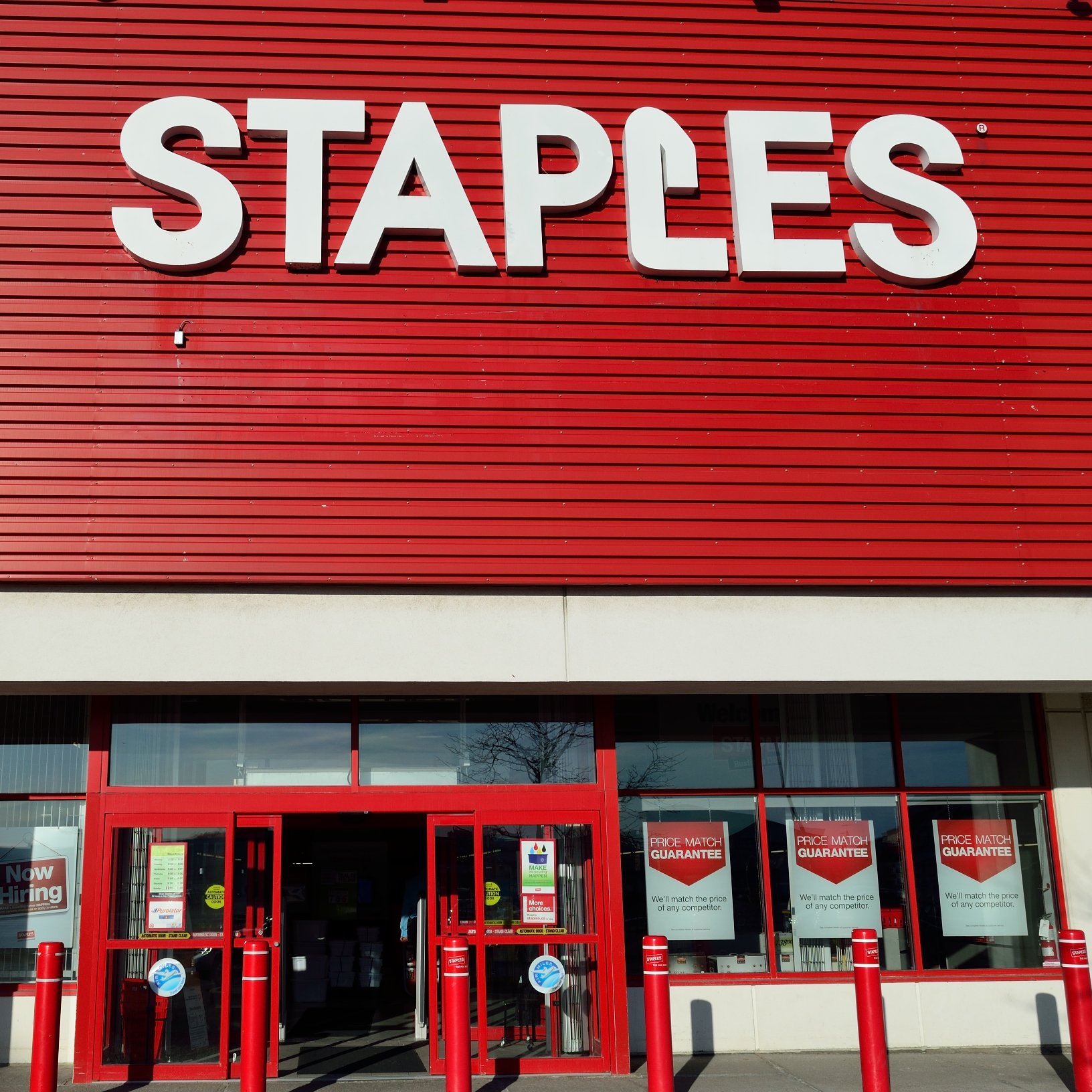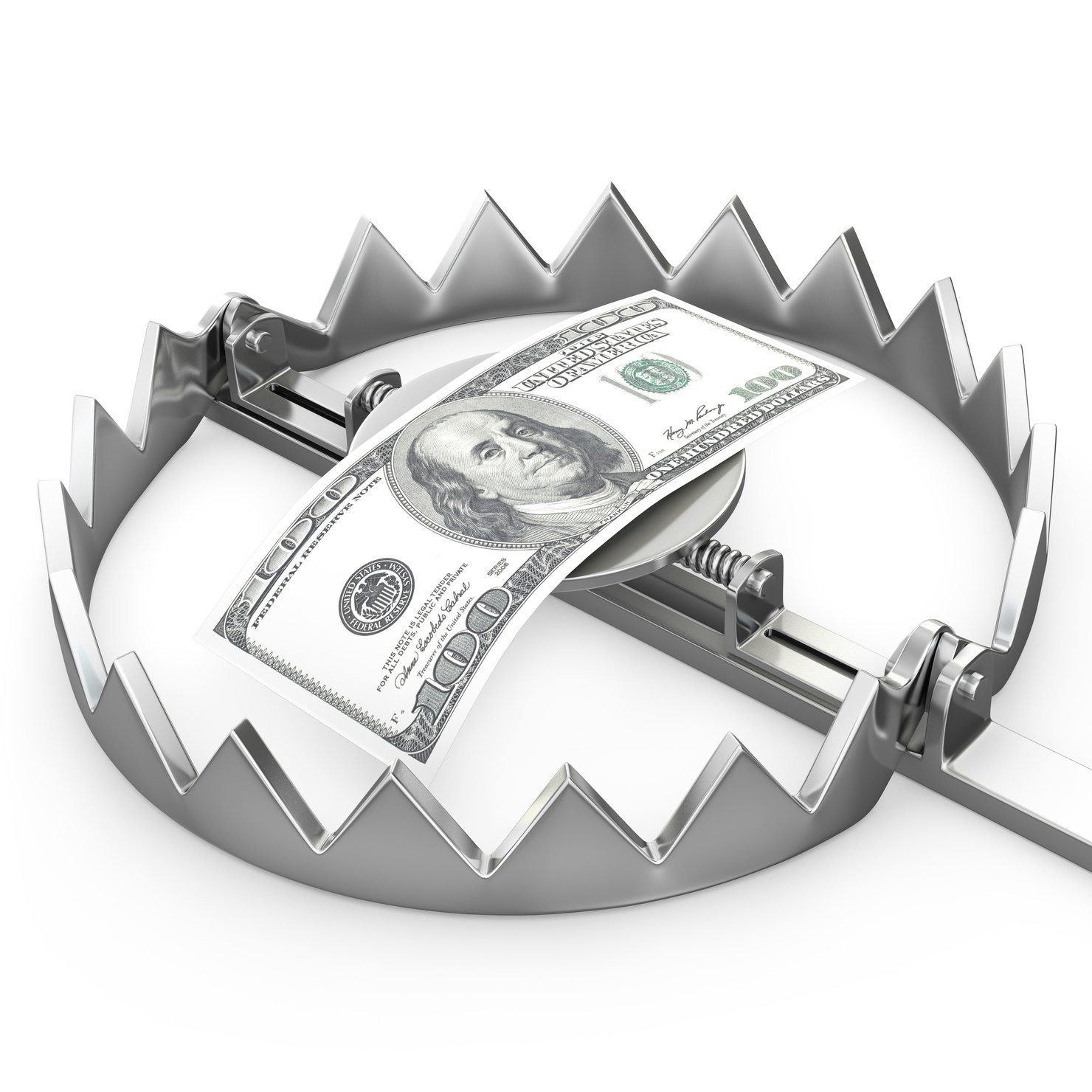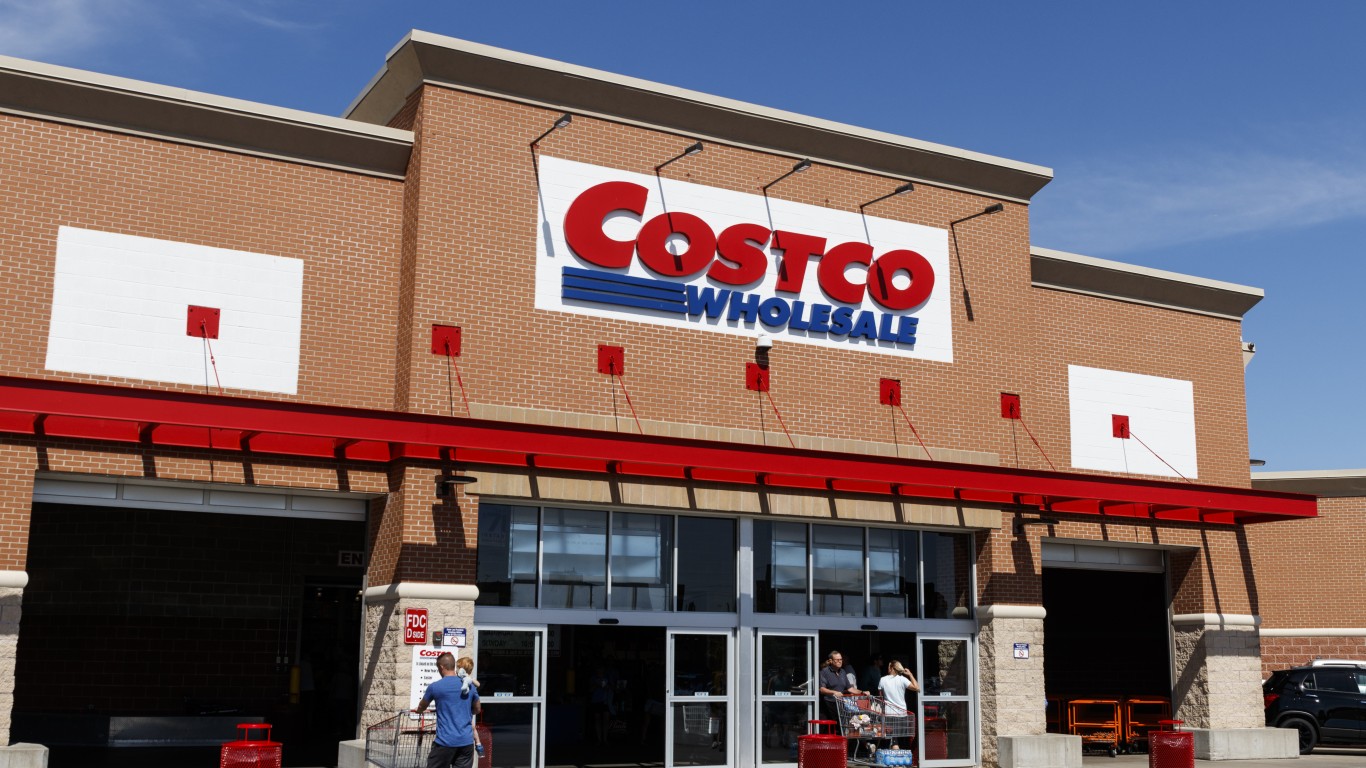

If you have followed the dust cloud of failed mergers over the years, chances are high that you know the saga of the failed merger between Staples, Inc. (NASDAQ: SPLS) and Office Depot Inc. (NASDAQ: ODP). That deal failed miserably as concession and after concession failed to generate regulatory approvals for the number-one and number-two direct office supplies retailers. For nearly a month it has been out there that Staples, who was going to be the acquirer Office Depot, was in talks to be acquired.
It is one thing to report a continued market rumor. It is another thing to consider what Staples investors could actually expect to receive if a buyout were to come.
The Wall Street Journal originally reported that Staples ha been in early stage talks with private equity bidders. That report sent shares of Staples from $8.66 the prior day to $9.51 the following day — with Staples’ stock price rising above $10.00 for three business days, but not closing back above that $10.00 level. Staples shares had been at $9.65 as of May 1, 2017, and they traded as high as $10.25 after a Reuters report indicated that Cerberus and Sycamore are interested in acquiring Staples.
Now there are reports from Reuters that Staples has had more buyout interest. While this is looking like a private equity buyout rather than a strategic buyout (if it is even correct, that is), 24/7 Wall St. wanted to focus on what investors might really be able to expect if a buyout announcement is made.
The first thing to consider is whether the Federal Trade Commission would ever allow an Office Deport merger to be reconsidered. After all, it is now under a new regime that has pledged to have less of a stranglehold on regulations. That being said, Staples and Office Depot have continued erosion from Amazon.com Inc. (NASDAQ: AMZN) and other online merchants. At the same time, many of the core office supplies sales of products just are not needed as much as they used to be.
If analysts are correct, Staples may have already reached a peak-buyout value. The original estimates put a price target out there of close to $7 billion. This would be a premium of more than 20% if that was correct at the time. Staples currently has a market capitalization rate of about $6.4 billion.
What investors have to consider at the start of May is that the current $9.79 share price is actually just one-cent under the Thomson Reuters sell-side consensus analyst price target of $9.80. That consensus target price has fluctuated above $9.50 but below $10.00 Since November of 2016.
Staples has faced shrinking sales from fiscal year 2013 each year — from $24.4 billion then to $18.25 billion for the year ending in January 2017. Thomson Reuters sees sales of $18.449 billion for the current year, with a 1% sales decline projected the following two years.
After looking at multiple analyst calls, investors might have a very muted expectation here for any huge premium. 24/7 Wall St. has included multiple analyst report valuations and summaries below.
On April 12, JPMorgan maintained a Neutral rating but it had a $10 price target. This was on the heels of having hosted investor meetings with Staples’ management. The firm noted that they were encouraged on growing the North American Delivery business while preserving the retail business profitability as its revenue base shrinks.
On April 5, Morgan Stanley maintained an Equal Weight rating and had a $10 price target. The analysts noted at that time, on the heels of a WSJ report:
We are not aware of any possible transaction. As we discuss below, potential paths to creating value through a buyout are not clear. Staples’ free cash flow generation seems relatively stable at $500+ million, but we do not foresee much upside over the next two years. In a leveraged buyout transaction, the potential acquirer would likely seek to increase EBITDA/FCF to enhance returns and to service debt assumed in the transaction. In the case of Staples, it’s not clear to us what these methods could be.
On April 4, Jefferies maintained a Hold rating with a $9.00 price target. Its report said:
Though reported only as preliminary talks in the WSJ, we doubt a buyout of Staples could eventually materialize. The office products sector continues to be challenged and Staples is attempting to shrink its way to better profitability without significant reinvention. Our analysis shows that EBIT% would have to expand 250 bps to get to an IRR sufficient to justify the $7bn valuation floated in the article, leading us to believe there is a low probability of an LBO… we have doubts that an investor could put together a plan to achieve such aggressive profitability growth, which in turn leaves us doubtful that a deal at this price could materialize.
On April 4, KeyBanc Capital Markets had a Sector Weight rating but that did not come with any formal price target. KeyBanc’s report discussed the opportunity of an Office Depot transaction resurfacing. It said at that time:
We believe Staples would be of interest to private equity suitors, given its strong free cash flow generation ($500M projected for 2017 – a 9% yield at yesterday’s close), as well as the relative stickiness and sustainability of its delivery business. Moreover, following the recent divesture of businesses outside of North America, Staples’ operations are more simplified and streamlined. While Amazon is a growing threat to SPLS’s delivery business, there is a potential long-term silver lining if AMZN is successful. In such a scenario, an SPLS-ODP combination could be possible, given the 2016 DOJ ruling deemed that Amazon’s delivery segment was not yet meaningful enough to allow SPLS-ODP to merge. With a longer time horizon, another SPLS-ODP transaction may be an additional value-creation scenario.
On April 4, Deutsche Bank had only a Hold rating and had an $8.00 price target versus a current share price of $8.66 at that time. They noted that the deal might put a floor under Office Depot shares because of the eventuality that it could lead to the two companies trying to merge again. The firm came up with two valuations, one using LBO math and one using a sum of the parts. Its combined targets said then:
We believe an LBO could work in the $11.71 range, a 20% premium to SPLS intraday price, with the key assumption that a new owner would be able to improve margins by about 35 bps a year, eventually reaching an 8.9% EBITDA margin by 2021… Projecting free cash flows by SPLS two business units, we see value of ~$11 on average using two different valuation methodologies. Our analysis assumes retail free cash flow (FCF) declines to ~$0 over the next ten years. But, with some FCF generation in the next few years, we see a current value of that business of ~$1.34, discounting FCFs back over the next 9 years at 9.7%. For the delivery business, we can project a net present value of the sum of our FCF estimates of ~$10.00 using a 4.0x terminal value on our 2025 segment FCF estimate.
Also on April 4, Loop Capital maintained a Hold rating and $10.00 price target after the WSJ report. Its report said:
Based on our analysis, we believe a leveraged buyout (LBO) of Staples at a sizeable premium to current levels would merit the consideration of financial sponsors, but would not be a “slam dunk” by any stretch. Thus, we do not think the possibility of such a transaction provides significant upside potential from current levels.
A report from March 2017 out of CFRA (S&P) had a 12-month target of $11 and that was based on a historical P/E analysis. Shares were at $8.64 at that time.
Back on March 9, before the WSJ reported buyout interest a month later, BofA Merrill Lynch had a Buy rating after its results. Unfortunately, it lowered its price objective to $11 from $12 at that time (and it was still at $11 as of May 1). Merrill Lynch’s Investment Rationale at the time said:
Staples continues to battle structural headwinds based on declining office demand and new entrants into the office supply space. Following the FTC’s ruling against SPLS’ proposed acquisition of ODP, shares have been significantly pressured. However, we see the potential for earnings upside as SPLS refocuses on its core strengths in Beyond Office Supplies and mid-market contract customers while continuing to downsize its retail footprint and pursuing an exit from its loss-making European business.
With less than 30 minutes before Tuesday’s closing bell, Staples shares were up just 1.6% at $9.81. Its 52-week range is $7.24 to $10.83.
It is one thing to consider a company’s market capitalization of its equity value. Private equity buyers and public company buyers also have to consider the balance sheet regardless of whether a business is growing or contracting. As of January 2017, Staples had total assets of almost $8.3 billion ($1.137 billion in cash and $1.5 billion in goodwill and intangibles). Its total liabilities were $4.58 billion, while its long-term debt was down to $529 million.
Anything is possible when it comes to mergers and to leveraged buyouts. That caveat aside, if a deal is going to come the way of Staples it just might not have much of a premium left to it.
Sponsored: Find a Qualified Financial Advisor
Finding a qualified financial advisor doesn’t have to be hard. SmartAsset’s free tool matches you with up to 3 fiduciary financial advisors in your area in 5 minutes. Each advisor has been vetted by SmartAsset and is held to a fiduciary standard to act in your best interests. If you’re ready to be matched with local advisors that can help you achieve your financial goals, get started now.
Thank you for reading! Have some feedback for us?
Contact the 24/7 Wall St. editorial team.
 24/7 Wall St.
24/7 Wall St. 24/7 Wall St.
24/7 Wall St.


